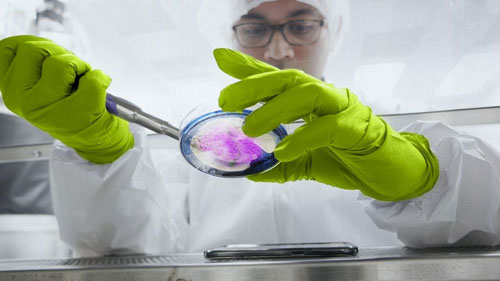A new study in tiny worms provides the first evidence that “pathogenic” bacteria can promote the misfolding of proteins that is a characteristic of these conditions.
Other bacteria that produce a fatty acid called butyrate prevented protein misfolding in the worms.
The research adds to evidence that a history of antibiotic treatments may play a role in the early development and course of Parkinson’s disease.
In recent years, several studies have implicated gut bacteria in degenerative diseases that involve the formation of toxic clumps of protein in the brain, including Parkinson’s, Alzheimer’s, and amyotrophic lateral sclerosis (ALS).
However, the complexity of the human gut microbiota — which is the community of microorganisms that live in the gut — and environmental factors, such as diet, present huge challenges for scientists trying to pinpoint the role of bacteria.
To sidestep some of this complexity, researchers turned to a tiny nematode worm called Caenorhabditis elegans.
The scientists, who are based at the Institute of Food and Agricultural Sciences at the University of Florida (UF/IFAS) in Gainesville, use the worms as “test tubes” to study the effect of individual bacterial species on protein misfolding.
Each worm is only 1 millimeter in length and has exactly 959 cells, but just like larger animals, it has intestines, muscles, and nerves.
“They are like living test tubes,” says senior author Daniel M. Czy¿, Ph.D., assistant professor in the department of microbiology and cell science at UF/IFAS.
“Their small size allows us to do experiments in a much more controlled way and answer important questions we can apply in future experiments with higher organisms and, eventually, people,” he adds.
The worms feed on bacteria, but in the sterile environment of the lab, they have no microbiota of their own.
“However, these nematodes can get colonized by any bacteria that we feed them, which makes them an ideal model system to study the effect of microbes on the host,” Prof. Czy¿ told Medical News Today.
When the researchers colonized the gut of C. elegans with pathogenic bacteria that can infect the gut of humans, the microbes not only disrupted protein folding in the worms’ intestine but also in their muscle, nerve cells, and gonads.









